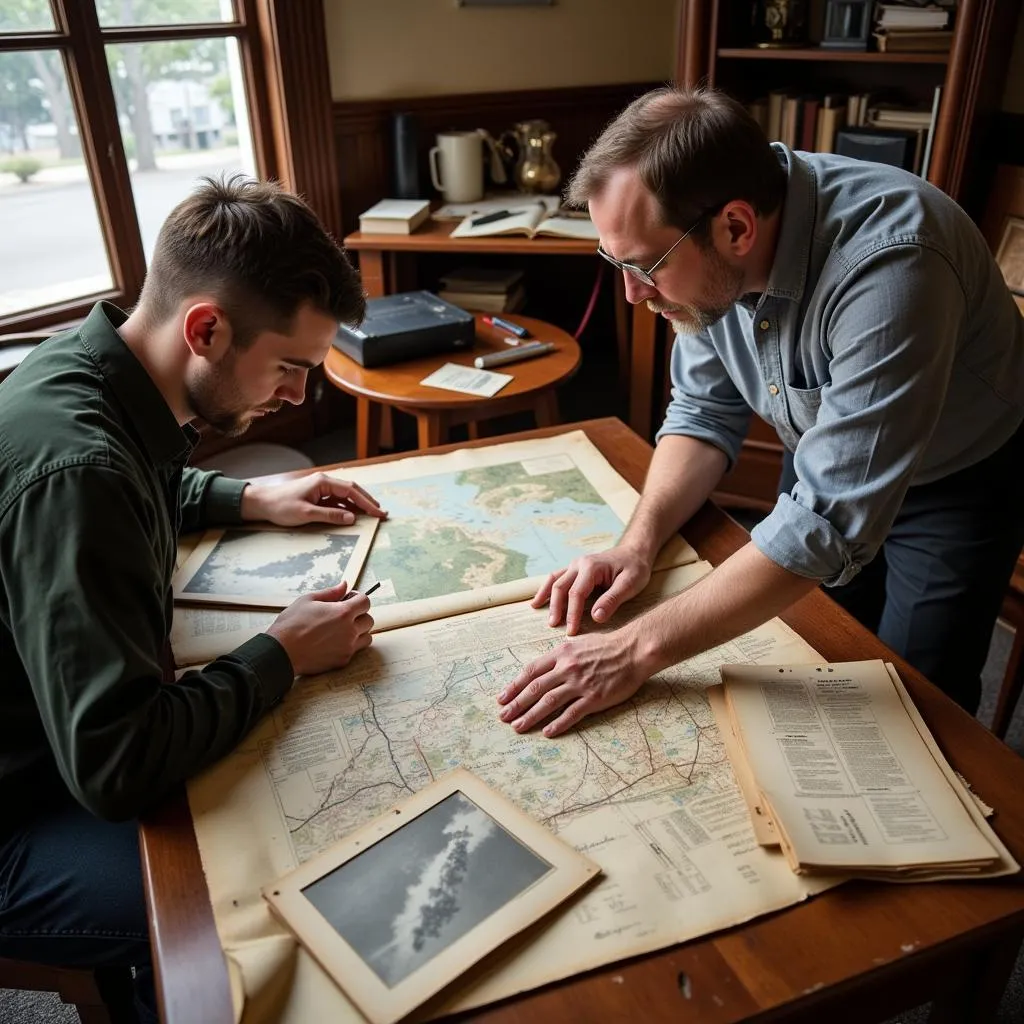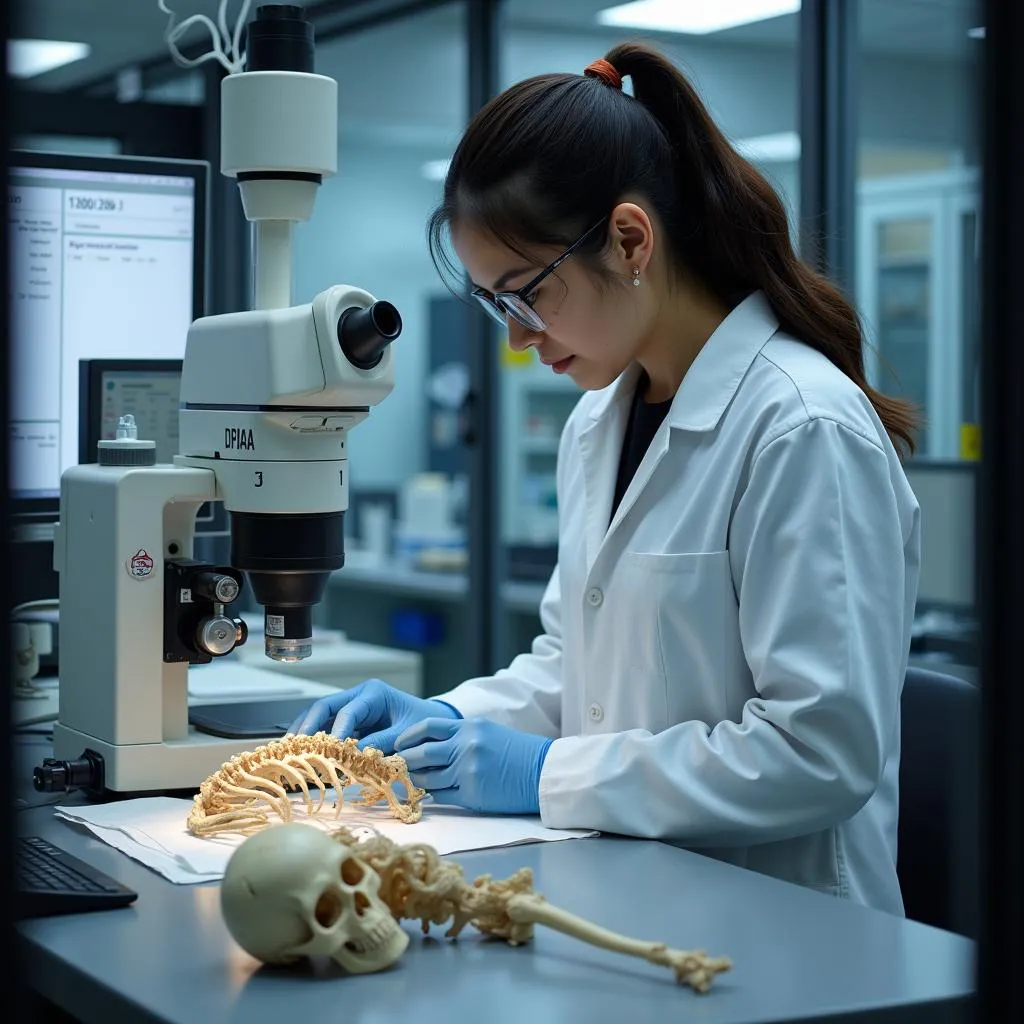The Defense POW/MIA Accounting Agency (DPAA) embarks on a solemn mission: to provide the fullest possible accounting for missing U.S. personnel from past conflicts. This endeavor reaches far beyond military records and forensic science. It delves into the heart of history, demanding meticulous research and collaboration with partners and historians worldwide.
Delving into the Past: The Crucial Role of Research
DPAA research forms the bedrock of each mission to locate, recover, and identify missing service members. This intricate process begins long before boots hit the ground at a potential recovery site.
Piecing Together Fragmented Histories
Imagine attempting to solve a puzzle with missing pieces, faded colors, and no clear picture for guidance. That’s the challenge DPAA researchers face daily. Their work involves:
- Analyzing Military Records: Every scrap of information is scrutinized – unit rosters, mission logs, after-action reports, and individual service records. These documents provide clues about where a service member might have been lost and the circumstances surrounding their disappearance.
- Gathering Eyewitness Accounts: Time may have passed, memories may have faded, but firsthand accounts from fellow service members or local individuals can offer invaluable insights into the events surrounding a loss.
- Examining Historical Maps and Aerial Photography: Landscapes change over time, but old maps and aerial photos can reveal former battlefields, crash sites, or temporary burial locations.
- Investigating Archival Materials: Libraries, museums, and historical societies house a wealth of information that might hold the key to unlocking a mystery. Letters, diaries, and even personal photographs can provide crucial details.
 DPAA Researchers Examining Historical Documents
DPAA Researchers Examining Historical Documents
The Power of Partnership: Collaboration is Key
DPAA recognizes the strength of collaboration. They work closely with:
- Families of the Missing: No one is more invested in finding answers than the families who have waited years, even decades, for closure. Family members often possess letters, photographs, or personal effects that can aid in the research process.
- Foreign Governments and Organizations: Many missing service members disappeared on foreign soil. Collaboration with host nations, international organizations, and even private citizens is essential for accessing records, conducting on-site investigations, and navigating cultural sensitivities.
- Academic Historians and Subject Matter Experts: Specialized knowledge is often needed to decipher complex military operations, interpret historical context, or provide expertise on a specific region, conflict, or type of loss.
 DPAA Team Meeting with Family Members of Missing Service Members
DPAA Team Meeting with Family Members of Missing Service Members
From Research to Resolution: The Journey of Identification
The ultimate goal of DPAA research is to bring missing service members home.
Narrowing the Search: Identifying Potential Recovery Locations
Through rigorous research, DPAA identifies locations with the highest probability of yielding the remains of missing personnel. These sites could be:
- Former Battlefields: Areas where intense fighting occurred often hold the remains of service members lost in action.
- Aircraft Crash Sites: Remote areas or challenging terrain can make recovery efforts difficult, requiring specialized teams and equipment.
- Lost at Sea: The vastness of the ocean presents unique challenges, but advancements in underwater technology and historical data analysis are aiding in locating sunken vessels.
Forensic Science Takes Center Stage: The Identification Process
Once remains are recovered, forensic anthropologists and scientists at DPAA laboratories work tirelessly to establish identification.
- DNA Analysis: Comparison of DNA from recovered remains with samples provided by family members is crucial for identification.
- Dental Records: Teeth are remarkably durable and unique, making dental comparisons a valuable tool.
- Anthropological Examination: Experts analyze skeletal remains to determine age, height, ancestry, and any injuries that might have occurred around the time of death.
- Material Evidence: Personal effects found with the remains, such as dog tags, insignia, or pieces of clothing, can provide vital clues.
 DPAA Forensic Scientist Analyzing Skeletal Remains
DPAA Forensic Scientist Analyzing Skeletal Remains
A Mission Without End: Honoring Service and Sacrifice
The work of the DPAA is a testament to the nation’s enduring commitment to those who served. Through painstaking research, unwavering dedication, and the invaluable contributions of partners and historians, the DPAA ensures that the stories of America’s missing heroes are never forgotten and that, whenever possible, they are brought home to rest on American soil.
Frequently Asked Questions
1. How can I find out if DPAA is searching for a specific service member?
You can search the DPAA website’s database using the name of the service member.
2. What if my family member was lost in a conflict not listed on the DPAA website?
Contact the DPAA directly. They can provide guidance and information on historical cases.
3. How can I contribute information that might assist DPAA in its research?
The DPAA welcomes information from the public. Contact their research team through the information provided on their website.
For further information on DPAA research, ongoing investigations, or to seek assistance with a case, please contact:
Phone: 0904826292
Email: research@gmail.com
Address: No. 31, Alley 142/7, P. Phú Viên, Bồ Đề, Long Biên, Hà Nội, Việt Nam
Our dedicated team is available 24/7 to support you.